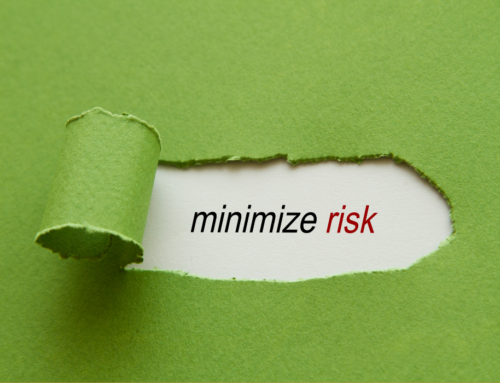Just because you have coworkers or employees doesn’t mean you have a team. Great teams can be hard to come by because they’re difficult to build and even more difficult to maintain. Building a team requires dedication and patience and typically involves challenging and sometimes incredibly awkward situations.
So how do you build a great team? How do you transform individual employees into one, cohesive, cooperative, engaged team?
You use anything you can get your hands on.
Apps
If you don’t have a team management app, find one right now. Many of these apps are simple to use, and—drumroll, please—completely free (check out Trello). You simply can’t achieve a cohesive team if you don’t have one designated location that serves as a binding agent.
Apps like Trello and Asana combine all emails, documents, and ideas into one place that any person can easily navigate through and nearly any type of team can benefit from—from a doctor’s office and construction company to a marketing agency and law firm. One of the most useful perks of a team management app is that any person, at any time, can receive a general idea of where and how a project is progressing.
Exercises
If you work really hard to lose weight and get fit, and then reward yourself by never working out again, you’ll find yourself overweight and out of shape in no time. The same goes for your team. Just because your team works together really well doesn’t mean they always will. You have to continuously strive to improve and maintain relationships, communication, and cooperation.
Encourage weekly meeting or group events—but don’t use these time, in particular, to discuss what’s going on with clients or to see how projects are progressing. Instead, use this time to collaborate on new ideas and to share information or stories that can affect your team positively.
Books
Create, in essence, a book club and tie your monthly reading material into the group exercises mentioned above. Choose books that specifically touch on team building, communication, or emotional intelligence such as The Five Dysfunctions of a Team, Emotional Intelligence 2.0, and Leaders Eat Last.
Assign weekly reading, and as a team, take a few minutes each week to discuss how the book applies to your team and business. Develop realistic goals based on the theories, research, and concepts explained in the book that can help your team progress and grow together.






